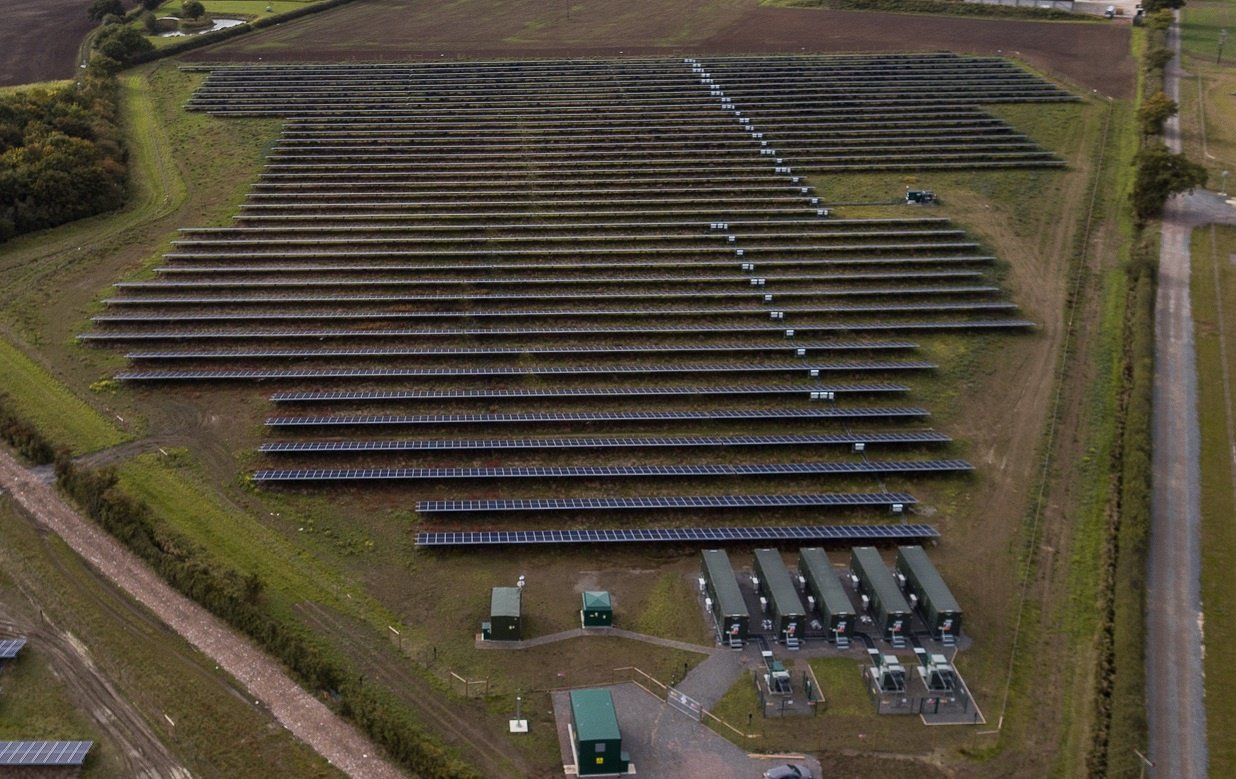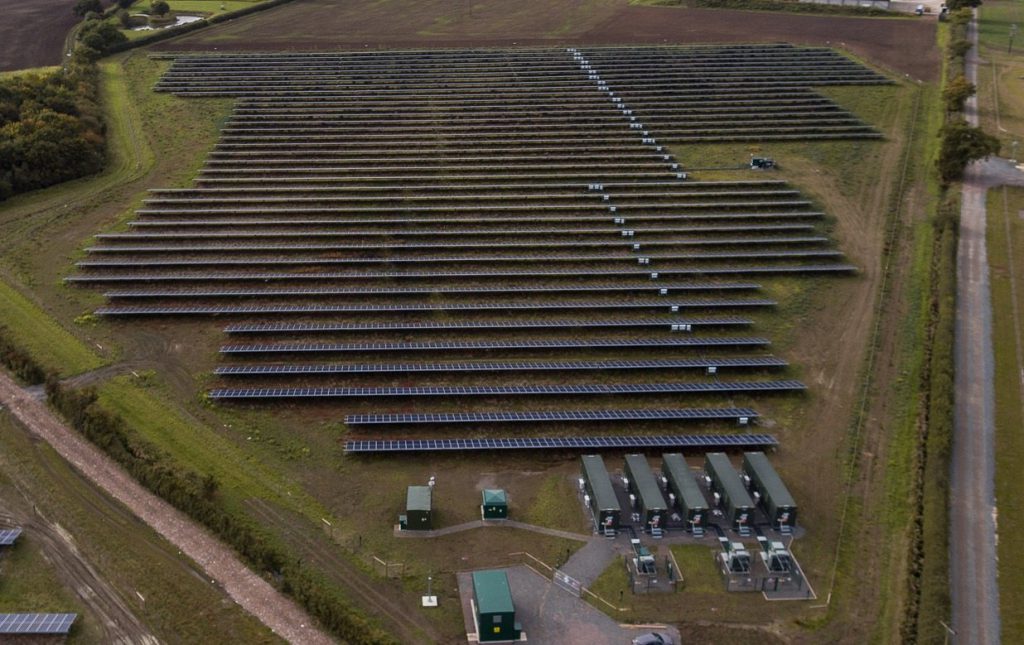Lithium-based energy storage volumes are expected to grow by multiple orders of magnitude in the coming years, with a 1,000% capacity increase by 2023.
Lithium-based energy storage volumes deployed to the United States will grow by multiple orders of magnitude in the coming years, with a 1,000% capacity increase over the next two years projected in a recent government report. That rate of growth may well be an underestimate, given current market trends.
The U.S. Department of Energy’s Energy Information Administration released the third edition of its U.S. Battery Storage Market Trends report, covering a mix of energy storage information from the end of 2019, and 2020, with projections through 2023.
The EIA noted that as of the end of 2020, 74% of the nation’s slightly more than 1 GW/1.8 GWh of energy storage was deployed in five states. California contributed 31% of that total. Texas, Illinois, Massachusetts, and Hawaii accounted for more than 50 MW of capacity each. The report predicted a rapidly growing, evolving market as a result of consecutive reductions in future pricing.
As of the end of 2019, it was clear that market location was driving energy storage installation techniques.
In PJM territory, batteries are most often used for ancillary services, so installations tended to be “power oriented,” delivering a higher instantaneous power output for a shorter duration. Installations in the power grid region had an average power capacity of 10.8 MW, and an average energy capacity of 6.8 MWh, meaning an average duration of 45 minutes.
In California, batteries were being used primarily for stability. The state’s batteries had an average power capacity of 4.7 MW, and an average energy capacity of 14.4 MWh, making for an average duration of just over 3.0 hours.
The longer hour pattern has continued in California, with a recent announcement noting that 2 GW of energy storage power capacity was due online by the end of August. Most of that will be coupled to 4 hours of energy capacity.
Read more: pv magazine





